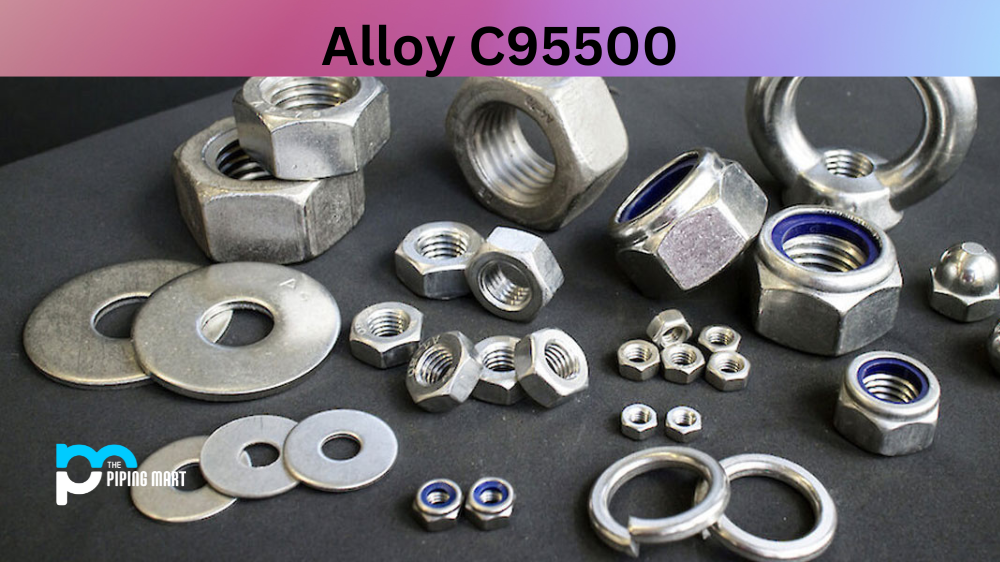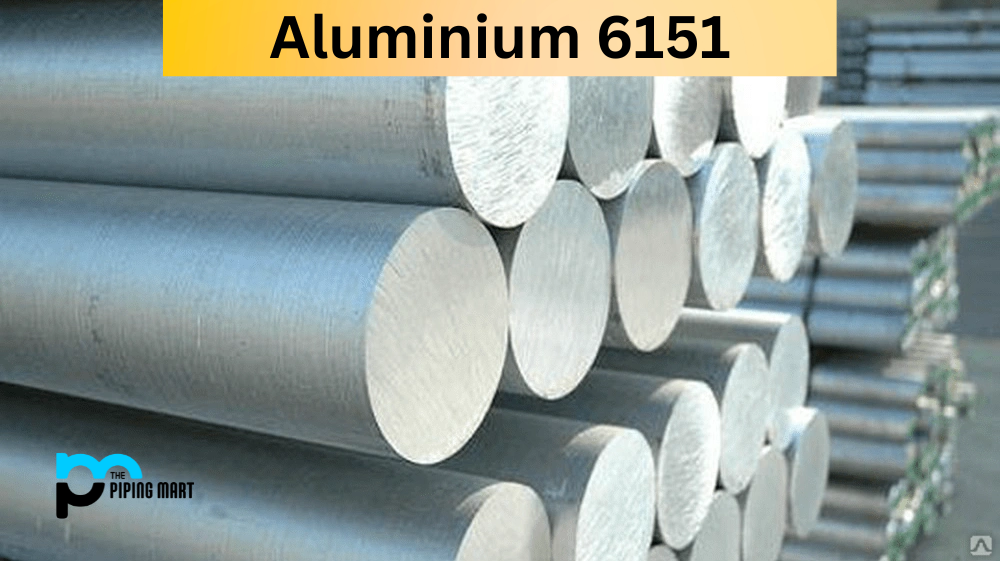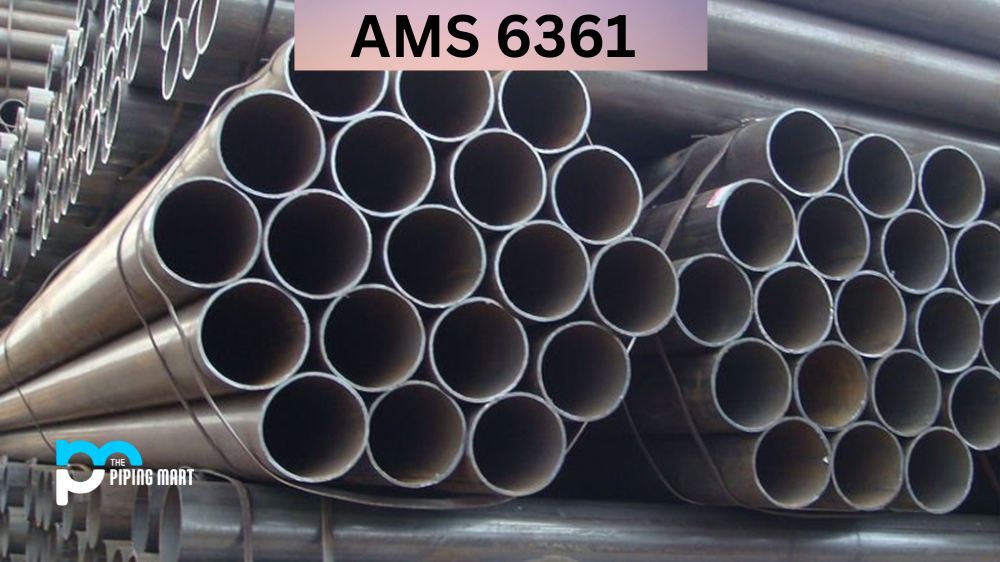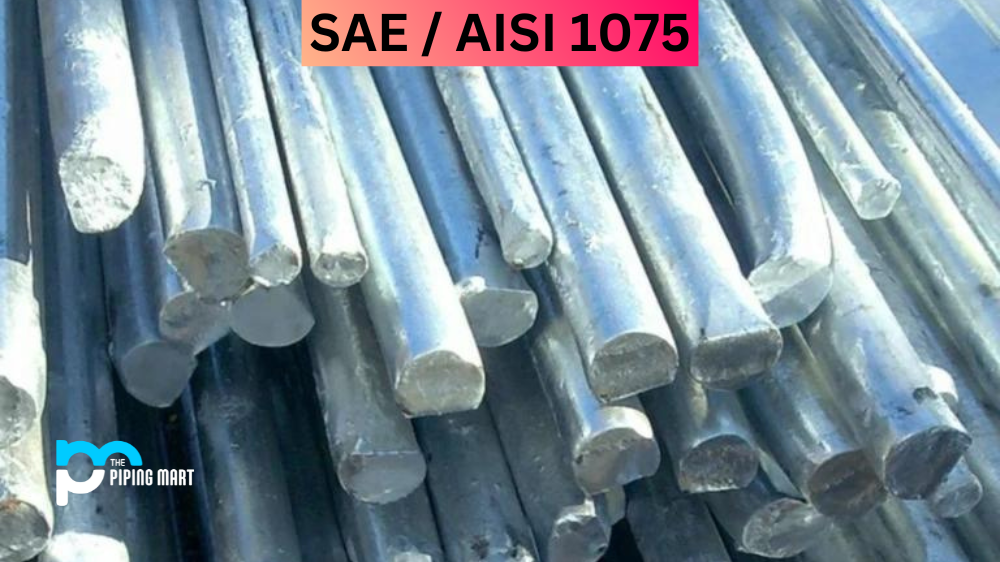Alloy C95500 is an aluminium bronze alloy widely used in various industries. It is hailed for its excellent corrosion resistance, making it a top choice for applications exposed to harsh and corrosive environments. Its unique composition also offers remarkable mechanical properties, making it an ideal material for parts and components that require high strength and durability. In this blog post, we’ll dive deep into alloy C95500, exploring its composition, physical and mechanical properties, uses, and other essential aspects you need to know.
C95500 Composition
Alloy C95500 is an aluminium bronze alloy comprising 79.0% copper, 10.0% aluminium, 9.0% nickel, and 2.0% iron. Adding nickel and iron to the alloy gives it superior strength and wear resistance while improving its corrosion resistance. The inclusion of aluminium in the alloy enhances its hardness and tensile strength. The alloy is also known for its excellent machinability, making producing high-quality parts and components easier.
| Element | Content (%) |
|---|---|
| Al, Aluminium/Aluminum | 10.0 – 11.5 |
| Cu, Copper | 78.0 |
| Fe, Iron | 3.0 – 5.0 |
| Mn, Manganese | 3.50 |
| Ni, Nickel | 3.0 – 5.50 |
| Other | 0.50 |
C95500 Physical Properties
The physical properties of alloy C95500 include a density of 7.77 g/cm3 and a melting point of 1000°C (1832°F). Its thermal conductivity is 43 W/mK at 20°C, while its electrical conductivity is 9.2% IACS. Additionally, the alloy exhibits low magnetic permeability, making it ideal for applications where electromagnetic interference (EMI) is a concern.
| Properties | Metric | Imperial |
|---|---|---|
| Density | 7.53 g/cm3 | 0.272 lb/in³ |
C95500 Mechanical Properties
Alloy C95500 boasts impressive mechanical properties, including a tensile strength of 690 MPa, yield strength of 250 MPa, and an elongation of 20%. It also has a Rockwell hardness range of B85 to B95, indicating high wear and abrasion resistance. The alloy can withstand high stresses and strains, making it perfect for harsh and demanding applications.
| Properties | Metric | Imperial |
|---|---|---|
| Elastic modulus | 117 GPa | 16969 ksi |
| Poisson’s ratio | 0.34 | 0.34 |
| Hardness, Brinell | 192 | 192 |
| Hardness, Rockwell B | 87 | 87 |
| Elongation at break | 5.00% | 5.00% |
| Machinability | 50 | 50 |
| Izod impact | 18.0 J | 13.3 ft.lb |
| Compressive strength | 895 MPa | 130000 psi |
| Fatigue strength | 215 MPa | 31200 psi |
| Shear modulus | 42.0 GPa | 6090 ksi |
| Shear strength | 44.0 MPa | 6380 psi |
C95500 Thermal Properties
| Properties | Metric | Imperial |
|---|---|---|
| Thermal expansion co-efficient (20.0 – 300°C/68.0 – 572°F) | 16.2 µm/m°C | 9.00 µin/in°F |
| Thermal conductivity (20°C/68°F) | 42.0 W/mK | 291 BTU in/hr.ft°F |
C95500 Equivalents
- ASTM B148
- ASTM B271
- ASTM B30
- ASTM B505
- ASTM B763
- ASTM B806
- QQ C390
- SAE J461
- SAE J462
C95500 Uses
Alloy C95500 is widely used in various industries, including marine, aerospace, and oil and gas. Its excellent corrosion resistance makes it an ideal material for marine applications such as propellers, valves, pumps, and other components that operate in saltwater environments. The alloy is also used in aerospace components such as bushings, bearings, and landing gear due to its high strength and wear resistance. Additionally, alloy C95500 is used in the oil and gas industry for valves, pumps, and other equipment that operate in corrosive environments.
C95500 Hardness
As mentioned earlier, alloy C95500 has a high hardness range of B85 to B95. This means the alloy is resistant to wear and abrasion and can withstand high stresses and strains. However, the hardness of the alloy can be controlled by altering its heat treatment process. The heat treatment process can affect the alloy’s microstructure, impacting its strength, hardness, and other mechanical properties.
C95500 Heat Treatment
The heat treatment of alloy C95500 involves a solution annealing process followed by quenching to achieve the desired microstructure. The solution annealing process involves heating the alloy to a specific temperature and holding it for a specific time before quenching it in water or oil. The process results in a uniform microstructure with excellent mechanical properties such as high strength and hardness.
C95500 Welding
Alloy C95500 can be welded using various welding techniques, such as gas tungsten arc welding (GTAW), gas metal arc welding (GMAW), and shielded metal arc welding (SMAW). However, preheating the alloy before welding is essential to prevent cracking and distortion. The recommended preheat temperatures range between 150°C to 250°C.
C95500 Corrosion Resistant
One of the standout properties of alloy C95500 is its excellent corrosion resistance. The alloy can withstand exposure to saltwater, chemicals, and other corrosive environments without rusting or deteriorating. Its corrosion resistance is attributed to the addition of nickel and iron to the alloy, which forms a protective oxide layer on the surface that resists corrosion.
Conclusion
Alloy C95500 is a formidable material that offers a range of beneficial properties, such as high strength, excellent wear resistance, and superior corrosion resistance. It’s unique composition and mechanical properties make it an ideal material for components used in harsh and demanding environments such as marine, aerospace, and oil and gas. By understanding the many facets of alloy C95500, you can take advantage of its benefits and maximize its potential in your applications.

Abhishek is a seasoned blogger and industry expert, sharing his insights and knowledge on various topics. With his research, Abhishek offers valuable insights and tips for professionals and enthusiasts. Follow him for expert advice on the latest trends and developments in the metal industry.




